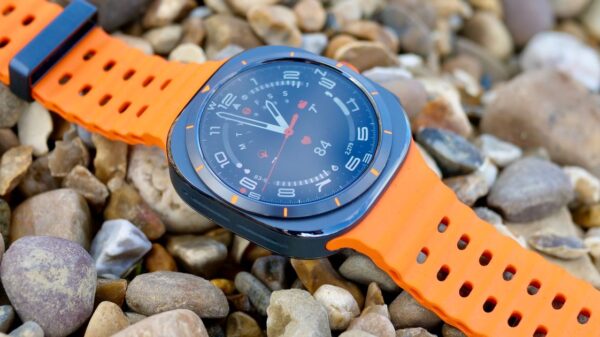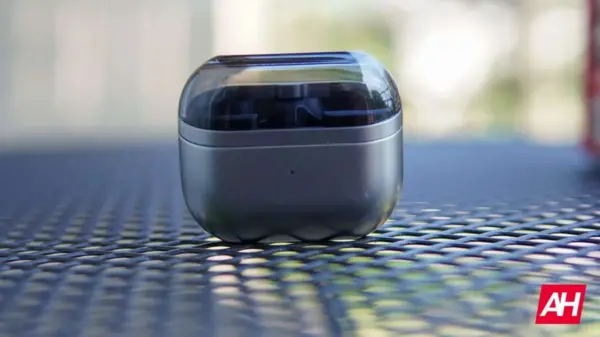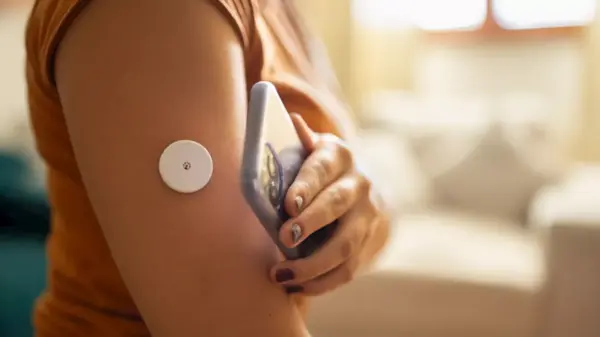A team of engineers from the School of Engineering at The Hong Kong University of Science and Technology (HKUST) has achieved a groundbreaking milestone in the development of red quantum rod light-emitting diodes (QR-LEDs), reaching an unprecedented efficiency of 31%. This advancement is expected to significantly enhance display technologies, providing users with brighter and more vibrant visual experiences on smartphones and televisions. The findings were published in the journal Advanced Materials in March 2024.
The evolution of light-emitting diodes (LEDs) has been remarkable over the past few decades, with the introduction of quantum materials leading to the development of quantum dot LEDs (QD-LEDs) and QR-LEDs. QD-LEDs are known for their superior color purity and brightness compared to traditional LEDs. Nevertheless, a key challenge has arisen: the outcoupling efficiency, which limits the external quantum efficiency (EQE) of these devices and impedes further improvements.
QR-LEDs, built on quantum rods—elongated anisotropic nanocrystals—offer unique optical properties that can be tailored to optimize light emission. However, these devices face two major issues: a low photoluminescence quantum yield and significant leakage current due to subpar thin-film quality. To confront these challenges, the research team, led by Prof. Abhishek K. Srivastava, Associate Professor in the Department of Electronic and Computer Engineering (ECE), focused on enhancing the optical performance of QR-LEDs through refined synthesis engineering.
The team succeeded in achieving an impressive photoluminescence quantum yield of up to 92% for both green and red quantum rods. This was complemented by a uniform size distribution and shape confinement—critical elements for optimizing QR-LED performance. Previous research had often overlooked the detrimental effects of carrier leakage caused by irregular quantum rod films. To address this, the team developed an equivalent circuit model that shed light on how leakage current negatively impacted traditional QR-LED structures.
By employing this model, the researchers were able to devise targeted solutions that effectively reduced current leakage. This approach led to a dual breakthrough: enhancing balanced carrier injections while simultaneously suppressing leakage current. As a result, the optimized red QR-LEDs not only achieved a peak EQE of 31% but also registered a peak brightness of 110,000 cd m−2, setting a new record in red QR-LED research.
To validate their findings further, the team applied the same methodologies to green “dot-in-rod” quantum rods, resulting in an impressive peak EQE of 20.2% and an ultra-high luminance of 250,000 cd m−2. These results underscore the potential of their innovations across various color variants of QR-LEDs.
Prof. Srivastava commented on the significance of their research, stating, “Previous QD-LED research primarily focused on optimizing quantum dot structures for high efficiency, but this approach does not apply to elongated shaped quantum rods, such as QR-LEDs. By utilizing equivalent circuit models and quantum rod micromorphology, we revealed that QR-LEDs have widespread pinholes due to their shape, which leads to critical leakage currents—an issue not encountered in tightly packed QD-LEDs. By modifying the device structure, we addressed the quality issues in the emissive layer and verified the fundamental advantages of quantum rods over quantum dots.”
This groundbreaking work is expected to pave the way for future research on anisotropic nanocrystals and their commercial applications, marking a significant step forward in the field of display technology. With the potential to revolutionize how users interact with visual media, these advancements in QR-LED efficiency may soon become a standard in next-generation lighting and display solutions.





































































